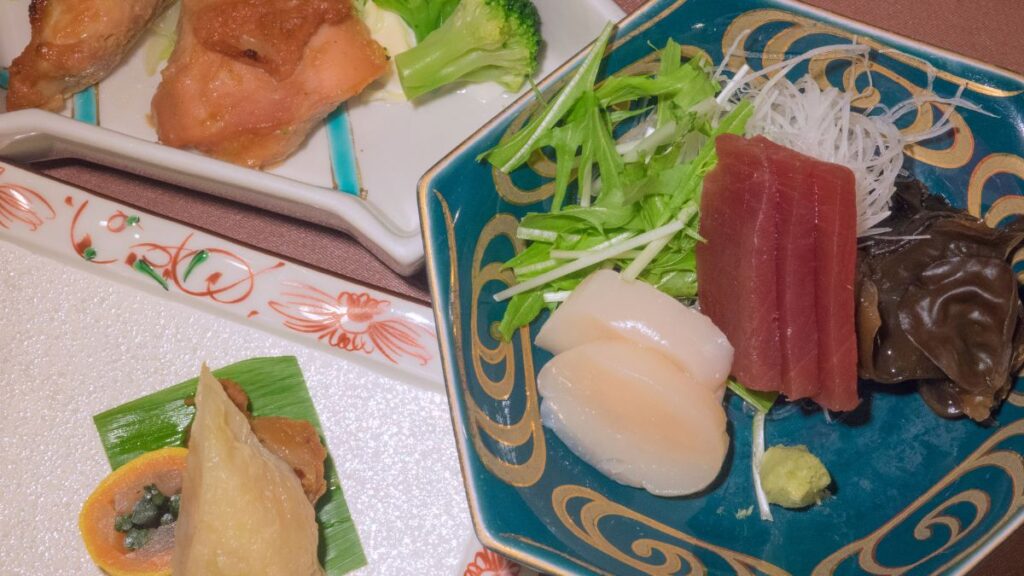This article may contain one or more independently chosen Amazon affiliate links. See full disclosure.
At dinner the other night, my son asked me an interesting question. Why are beef and other meats eaten rare or even raw, but not chicken? While I pointed out that there is some risk of salmonella poisoning from consuming raw or undercooked chicken, requiring a higher temperature to guard against, the simple reason we don’t eat raw chicken is that it is nasty. As an answerer on Quora pointed out in response to this same question, take a raw bite of the best piece of beef and the best piece of chicken you can get. You’ll understand. You may not like raw beef, exactly, but the raw chicken will likely make you gag.
No, don’t try that experiment, just take my word for it!
But, my theory has a big hole in it. Chicken tartare is not unheard of in the U.S. but it is only served at a few restaurants and not many Americans would have ever experienced it The Japanese eat it more often. I wonder what will shock you more, that the Japanese enjoy horse meat sashimi (raw horse meat), or chicken sashimi (raw chicken)?

Chicken sashimi in Japan is called torisashi or toriwasa. Usually, they use the part of the chicken that the American poultry industry likes to call the tenderloin. This is the easily removed and more delicate strip of flesh on both sides of a chicken breast, where the pectoralis muscles attach to the breastbone. Since these are shaped like bamboo-grass leaves or sasa, they are called sasimi (sashimi) or “bamboo-grass meat.” It is also, sometimes, made from regular breast meat, thighs, or even liver. 1Kramer, Jillian. “Is It Safe To Eat Chicken Sashimi?” Food & Wine, www.foodandwine.com/fwx/food/is-it-safe-to-eat-chicken-sashimi.
Chicken, by the way, doesn’t really have tenderloin and most of the chicken tenders served in restaurants claiming to be chicken tenderloins are not even this more delicate strip of breast or sashimi (I think I will keep calling it that to confuse people) but rather regular breast meat cut into strips or “tenders” as it were. It’s not hard to figure out how expensive it would be to serve the actual “tenderloins” in large amounts as there are only two per bird and they aren’t usually very large.

As I was explaining, though, the sashimi is the part of the breast that is the most tender when raw and can be sliced into very thin delicate slices ideal for sashimi.
It turns out that chicken sashimi is not exactly raw. The sashimi is quickly dipped into dipped in boiling water. According to Shizuo Tsuji in Japanese Cooking: A Simple Art, this is done for 30 seconds. According to other sources, even less, a little as ten seconds, or just two quick dips. It is done to “refresh the meat” and do away with any off-odors. It will be white on the outside but still essentially raw on the inside. After thus blanching, the chicken is cut into thin sashimi-style slices. 2Tsuji, Shizuo. Japanese Cooking: a Simple Art. Kodansha, 2006. It can then coated in wasabi and soy sauce or served with these components on the side. It may be topped with toasted nori and served with sliced cucumber. 3Fumiko. Sukiyaki: the Art of Japanese Cooking and Hospitality. South Sea Sales.
How does it taste? I can’t bring myself to taste it but I suspect a liberal does of strong wasabi and soy sauce help.
Is Raw Chicken Safer In Japan?
Do the Japanese raise their chickens any differently? It’s tempting to assume that the Japanese have somehow rendered their poultry safer than ours. Reputable sashimi establishments in Japan will take their chicken as seriously as their fish, dealing with small farms that raise chickens to exacting standards, and ordering it fresh. However, even Japan’s Ministry of Health, Labor, and Welfare has sent out warnings against consuming raw chicken as well having asked restaurants to change their cooking practices to ensure chicken is cooked to a sufficient temperature to kill pathogens like salmonella. The Ministry, however, is more concerned with campylobacter, which the agency believes is responsible for around 60% of its bacteria-related food poisoning cases in the country. 4Kramer, Jillian. “Is It Safe To Eat Chicken Sashimi?” Food & Wine, www.foodandwine.com/fwx/food/is-it-safe-to-eat-chicken-sashimi.
